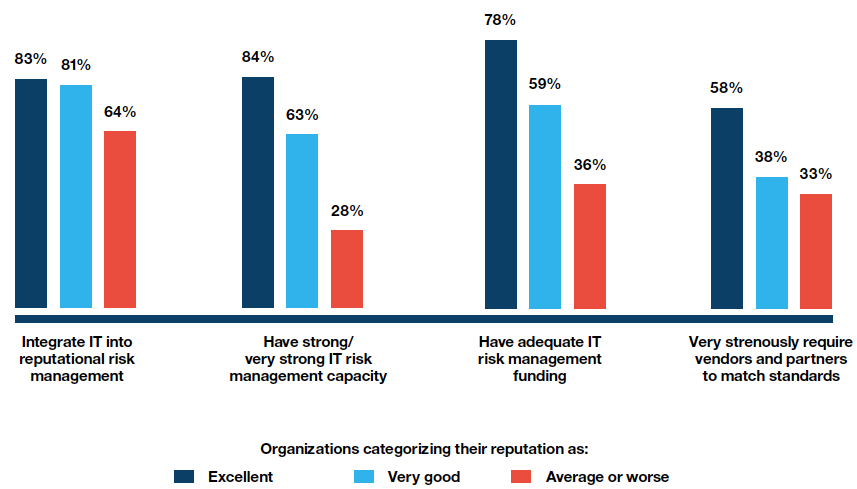Further illustrating how important reputation can be to a business enterprise, Paula Deen’s rapidly crumbling empire took another hit this week when Ballantine Books announced that it was cancelling the publication of the celebrity chef’s latest cookbook, Paula Deen’s New Testament: 250 Favorite Recipes, All Lightened Up, which was scheduled to be released in October as the first in a five-book deal signed last year. Even more surprising, was that, based on pre-orders alone, the book was already Amazon’s number-one best seller (Interestingly enough, the book was replaced at the top spot by another Paula Deen cookbook, Paula Deen’s Southern Cooking Bible.)
The book cancellation brought the total of business deals killed by Deen’s admission that she had used racial slurs in the past to 12. According to the Consumerist, the tally includes:
- Food Network
- Target
- Sears
- Kmart
- Walmart
- Smithfield Foods
- Caesar’s Entertainment
- Home Depot
- Novo Nordisk
- Walgreen’s
- JCPenney
- Ballantine
QVC has also decided to “take a pause” in its relationship with Deen, but stopped short of saying that it would permanently sever ties. According to a letter from QVC CEO Mike George:
“Paula won’t be appearing on any upcoming broadcasts and we will phase out her product assortment on our online sales channels over the next few months…Some of you may wonder whether this is a “forever” decision – whether we are simply ending our association with Paula. We don’t think that’s how relationships work. People deserve second chances. And we always strive to do the right thing.”
Deen’s misstep could come with a hefty pricetag. Deen earned a reported $17 million in 2012, according to Forbes, making her the fourth-highest paid celebrity chef after only Gordon Ramsay, Rachael Ray and Wolfgang Puck. But the possible losses don’t end there. Burt Flickinger III, president of retail consultancy Strategic Resource Group told the Associated Press that Deen’s annual revenue from her endorsement business generates about $100 million a year. He estimated that the controversy has cost her at least half of that so far and that she could lose up to 80% by next year as other suppliers cancel their agreements as well.
Last year, in the pages of Risk Management, Ted Tafaro and Frank Zuccarello wrote about the big business of celebrity chefs and how companies needed some sort of contingency plan in place in case one of these chefs were to be laid up with an injury and couldn’t perform. What the article didn’t cover, however, was that a damaged reputation can be just as catastrophic for the business. The Deen controversy serves as a sobering reminder of how important it is to have a plan to deal with these reputation risks as well.
Gerald Baron at Crisisblogger offered some helpful advice on what those involved in “reputation wrecks” can do to mitigate the damage. In the end, as Baron writes, it’s about character. “Those responsible for [organizational] reputation have to take very seriously the character and integrity of those who represent and make decisions for the organization.”


